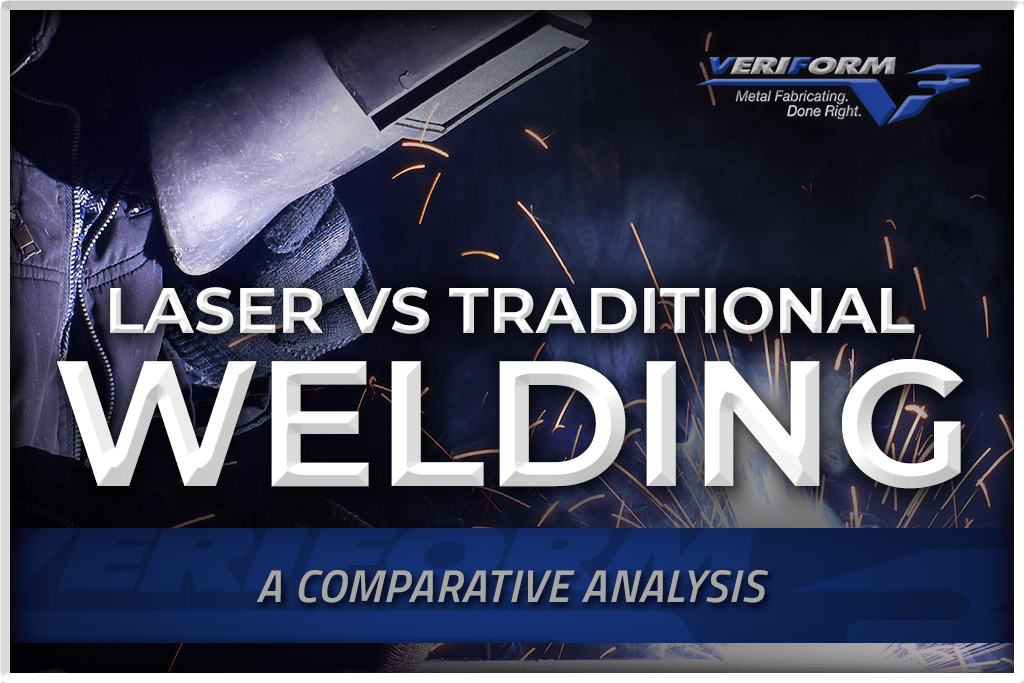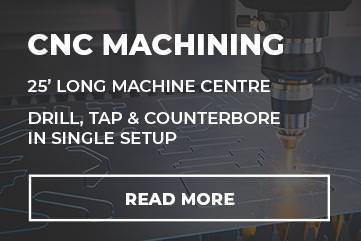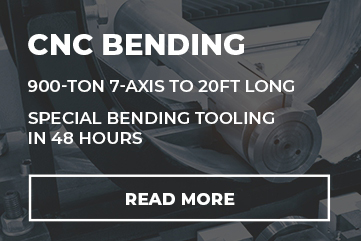News
Laser Welding vs. Traditional Welding: A Comparative Analysis

Laser welding technology offers distinct advantages over conventional welding methods for many applications. This article examines how laser welding compares to traditional techniques like MIG, TIG, spot, and arc welding across various factors.
An Introduction to Laser Welding
Laser welding directs an intense, focused beam of monochromatic laser light to fuse materials seamlessly. The concentrated heat input creates narrow welds and precise penetration. Lasers allow the welding of heat-sensitive metals and intricate components that other processes struggle with. Lasers provide highly accurate, controlled welding, ideal for delicate electronics and medical devices. Automation potential is high. Lasers have downsides like higher equipment costs, but offer unique capabilities over standard welding.
Heat Source and Operation
With traditional welding, an electrical arc or flame provides the heat to melt base metals. It trades control for high penetration power. Vast pools of heat can warp and weaken joint areas. Laser welding concentrates up to 100,000 watts into a pinpoint, accurate beam guided by CNC programming. The parallel sides and reduced heat input prevent warping, allowing deeper penetration into reflective metals like aluminum or copper. The precise, automated heat control is a significant advantage over conventional welding’s brute-force approach.
Metals Joining Ability
Standard welding methods like GMAW and GTAW work well for safely joining ordinary steel, iron, and nickel alloys. But more exotic and reflective alloys like aluminum, titanium, and copper can be problematic. Laser welding readily joins dissimilar metals since the concentrated heat minimizes metallurgical compatibility issues. The laser beam is also not impeded by shiny surfaces. This allows for intricate mixed-metal components and electrodes.
Speed and Efficiency
Standard welding could be faster due to manual operation, wide welds, and slow heat input. Typical speeds range from 2-6 inches per minute for skilled welders. High-volume output requires multiple welding stations. Laser welding achieves speeds exceeding 100 inches per minute with automated systems. Narrow welds minimize cleanup and rework. Lasers achieve in seconds what takes other welding many minutes. Reduced heat input saves energy as well. Laser efficiency benefits high-production environments.
Weld Quality and Appearance
Conventional welding produces adequate strength, but the results are visually uneven and often blemished. Pools of splatter and discoloration require extensive cleanup.
Laser welding seams have a uniform, machined look, lacking imperfections. The concentrated heat minimizes splatter and fingerprinting. Smooth, even welds generally need little post-processing. Laser welding provides consistent aesthetic manufacturing demands.
Effect on Base Metals
The broad heating and cooling cycles of traditional welding induce material stresses that may require post-weld heat treatment to stabilize the joint. This distortion and hardening reduces ductility. The laser’s narrow heat-affected zone exerts minimal stresses on metals. Materials retain more pre-weld tensile strength and plasticity. Lasers help materials avoid compromising their innate characteristics.
Automation Capability
Standard welding remains primarily a manual process requiring an experienced human operator, even with welding robots. Fixturing and joint preparation add labour. Laser welding systems excel at full automation using advanced programming. Simple rigid fixturing combined with laser precision minimizes setup workload. Lasers can weld complex curves and tricky joints with minimal direct handling. This automation potential boosts productivity.
Cost Considerations
Standard welding equipment like welders and wire feeders involves moderate upfront costs. Consumables like filler metal and shielding gas require ongoing purchase. Laser welding systems carry high initial capital costs, often exceeding $100,000. Automated operation then reduces per-part costs, and fibre lasers minimize maintenance expenses. Lasers provide quick ROI in high-volume scenarios.
Safety Factors
Conventional welding poses numerous risks, from electrical shock to eye damage, fumes, and heat/fire hazards. Sound protection is critical against loud arc noise. Laser welding systems require safeguarding but eliminate electrical and fume risks. Some laser wavelengths can be filtered for safe viewing. The enclosed beam path tightly contains any hazards. Laser hazards are more straightforward to control than traditional welding.
Conclusion
Laser welding enables reliable precision and efficiency, exceeding conventional welding’s capabilities on advanced metals and geometries. However, the initial investment means it only outperforms traditional welding in high-volume production where automation can be leveraged. Each process has applications where it shines based on work volumes, base materials, precision needs and cost considerations. Understanding their respective strengths helps manufacturers select the optimal welding approach.
FAQs
Q: What is the difference between a laser welder and laser welds?
A: A laser welder is a machine that creates laser welds. Laser welds refer to the fused joints between materials produced through laser welding using a laser welder’s concentrated laser beam as the heat source.
Q: How thick of metals can lasers penetrate?
A: Laser welding can achieve penetrations from 0.005″ up to 0.25″ and is more significant depending on power level, focal optics, and metal composition. Thicker sections may require multiple weld passes.
Q: How does welding work?
A: Welding involves melting two materials together using extreme heat. An electric arc, gas flame, solid-state process or other methods generate enough temperature for the metals to fuse upon cooling and solidifying.
Q: What is a laser welding machine?
A: A laser welding machine uses an intense laser beam as an energy source for welding metal components together. The laser generates extreme heat localized to a small area, allowing for precise welding without contact between the laser tool and the workpiece.
Q: How much does a laser welding machine price compared to standard welding?
A: Laser welding machines have a higher upfront cost. However, they can be more cost-effective than traditional welding over time due to precision, speed, less material waste and lower maintenance fees despite the initial equipment investment.








